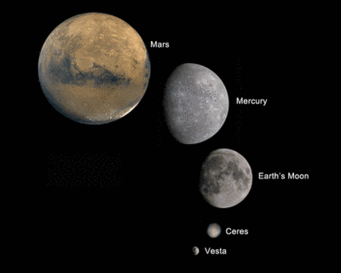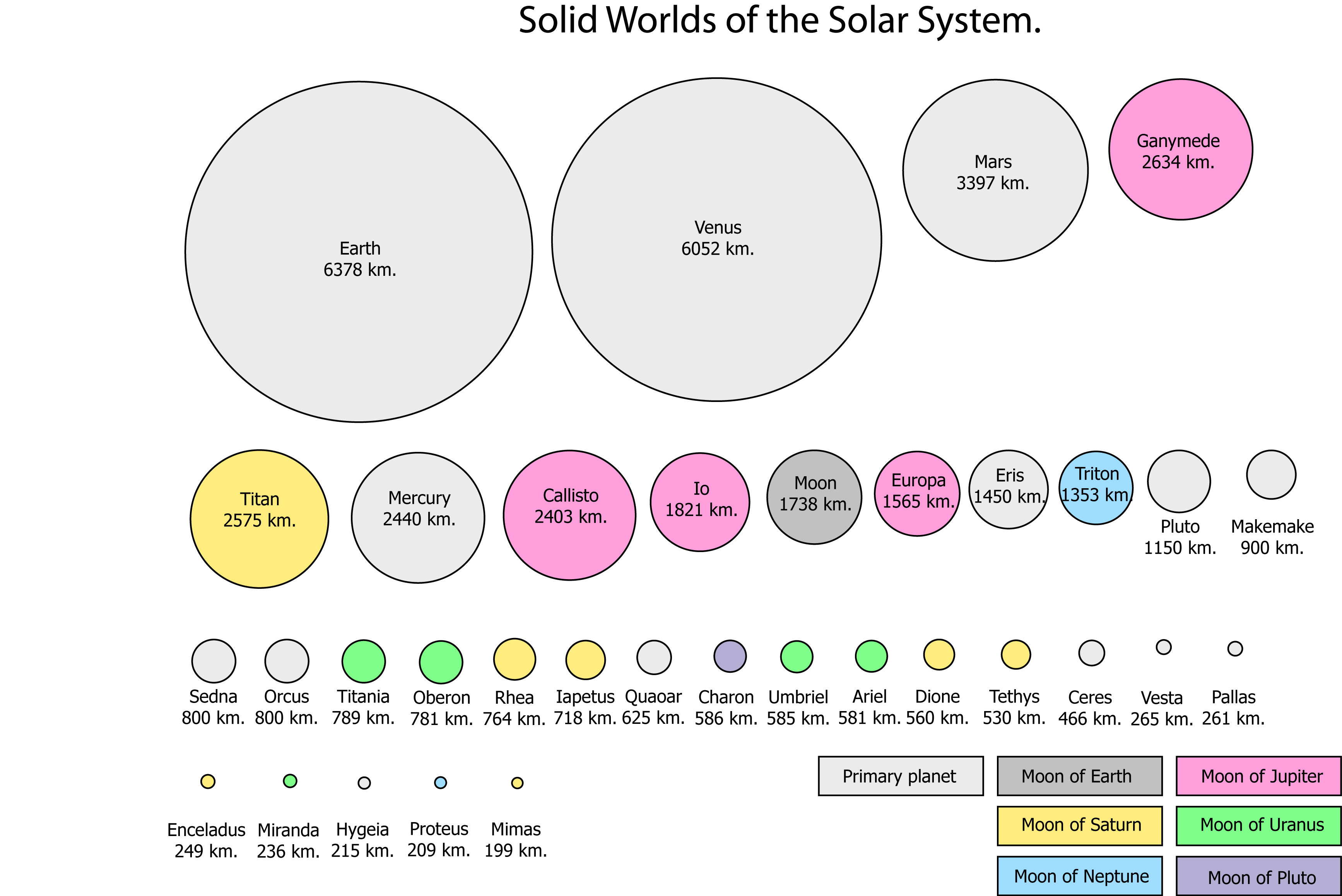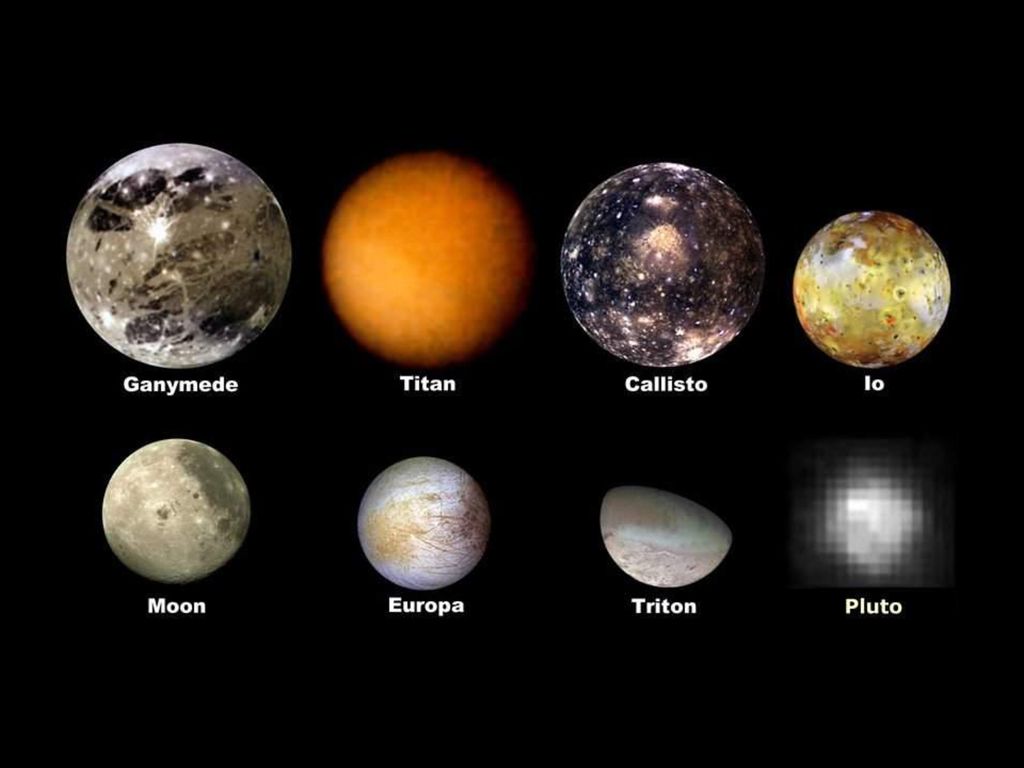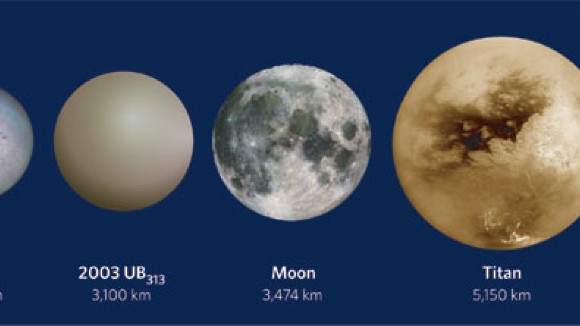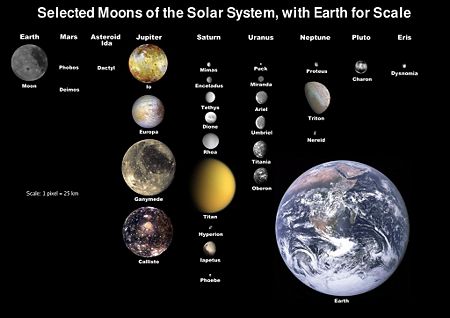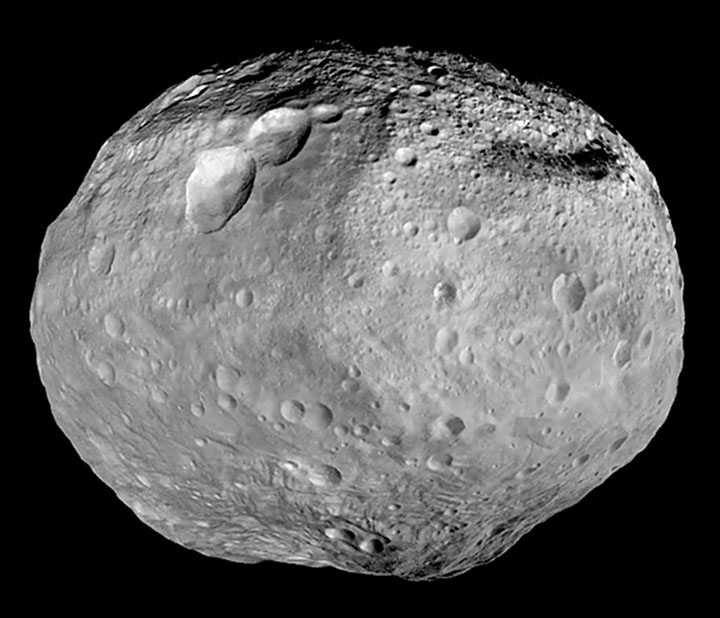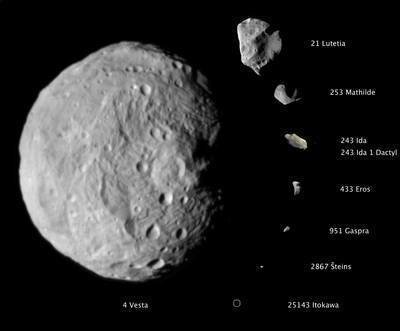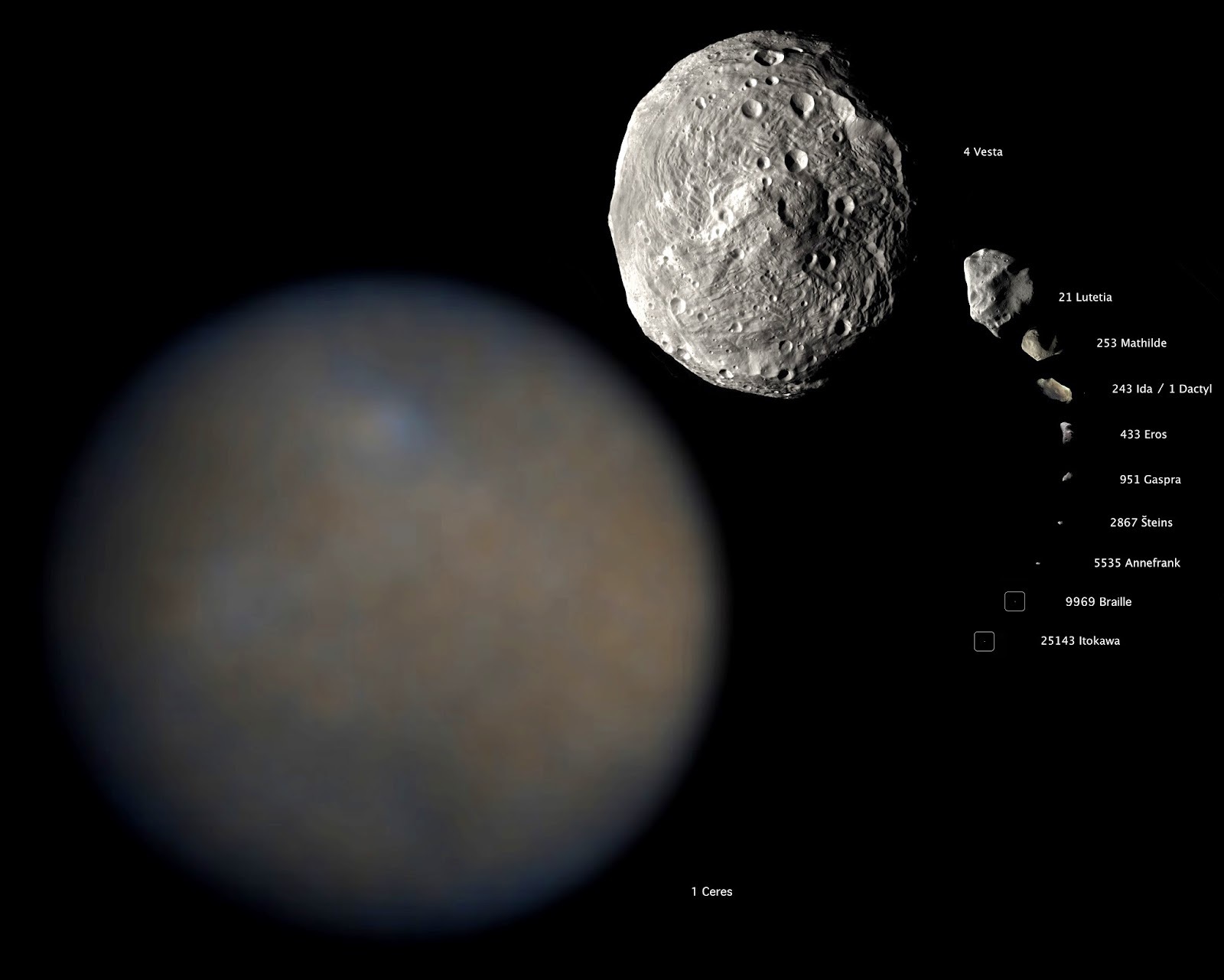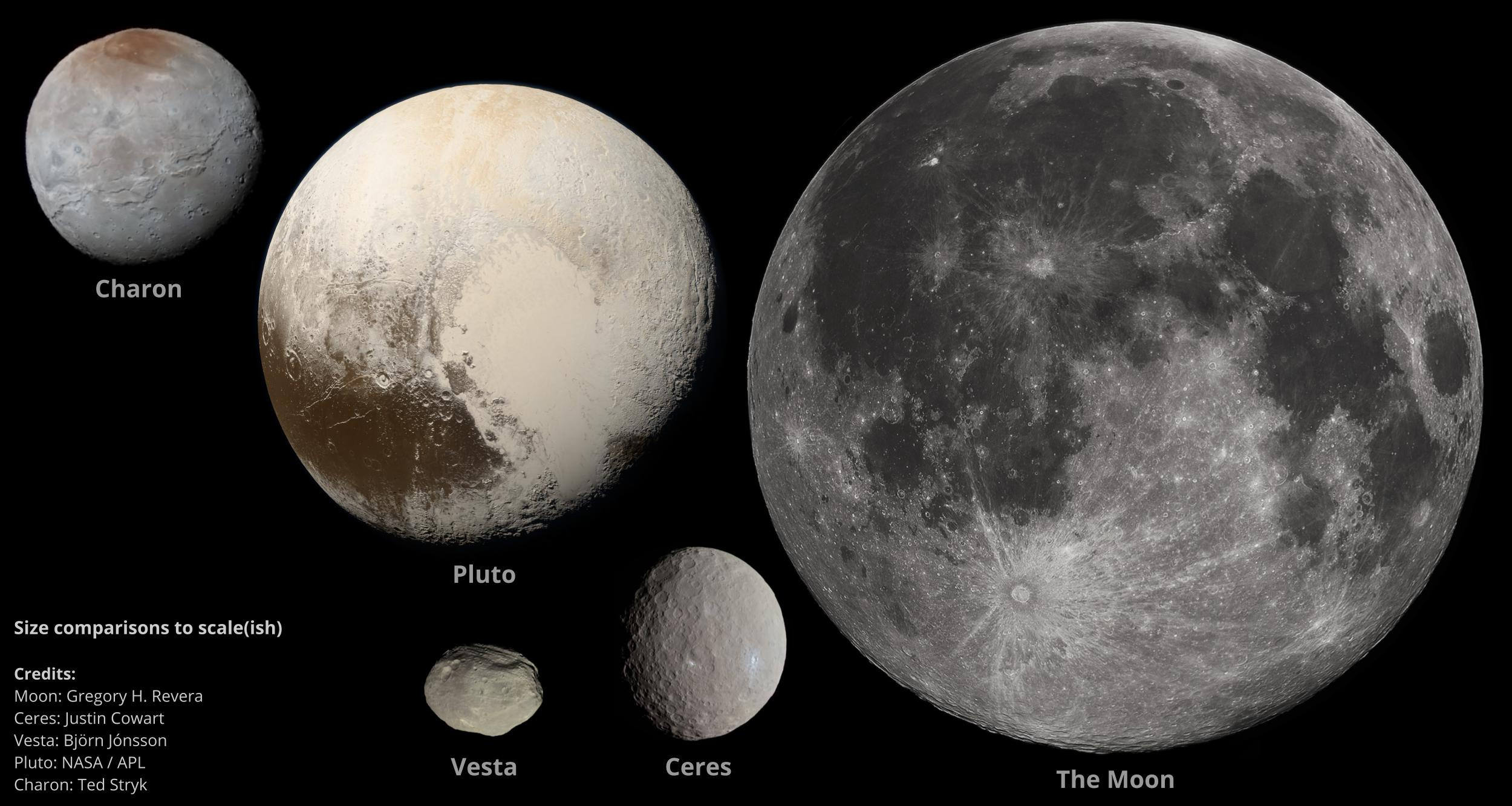
Jason Major on Twitter: "Here's a size comparison of our Moon to Jupiter's moon Ganymede, the largest moon in the Solar System. The Moon is this system's fifth largest moon after Ganymede,

A rendered size comparison of the Jupiter Moon Ganymede the Moon and Planet Earth, Stock Photo, Picture And Low Budget Royalty Free Image. Pic. ESY-040056222 | agefotostock
![A comparison of the size of the moons of Jupiter and the continents of the earth [1145x640] : r/imaginarymaps A comparison of the size of the moons of Jupiter and the continents of the earth [1145x640] : r/imaginarymaps](https://external-preview.redd.it/k8Y4oQcfVqEWVehljWA0XrQpQvJLMWsGBPC_Rrte8jo.jpg?auto=webp&s=7d7569ac451684f092ae037a9fa39551a9087139)
A comparison of the size of the moons of Jupiter and the continents of the earth [1145x640] : r/imaginarymaps


